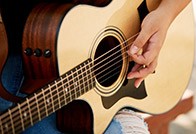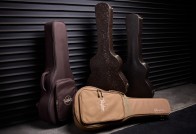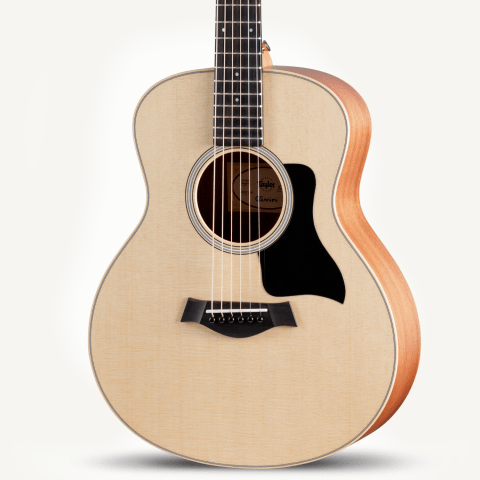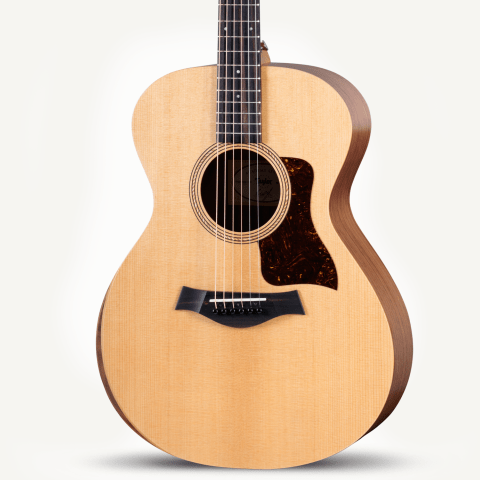
Origin: Western Africa
Used On: Presentation Series
We typically use African ebony for fretboards and bridges, but occasionally we acquire sets for backs and sides. It shares some of Macassar ebony’s low-end damping tendencies, and has a rich, ringing tonal character with a linear quality across the tonal spectrum — no particular frequencies are accentuated over others.
Goes Well With: Players who like ringing overtones. Paired with a top wood like European spruce, it will yield rich, saturated notes in which the fundamental is wrapped in a blanket of overtones. This response would likely appeal to a fingerstyle player or someone who plays more softly or slowly, rather than fast or aggressive flatpickers.
































